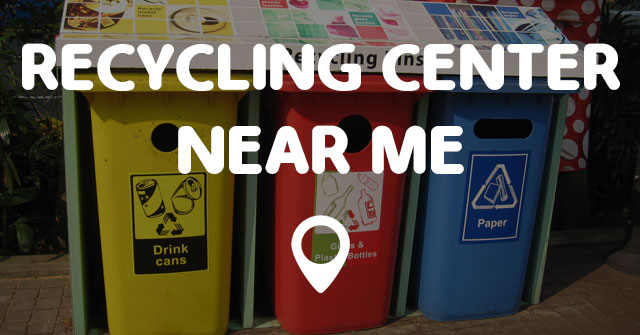

Importantly, many of these recycling manufacturers rely on a steady and consistent supply of recyclable materials generated from recycling programs.Ĭalifornia’s investments in recycling collection infrastructure have brought substantial returns in the form of reciprocal investments and job creation by recycling manufacturers. Investment in local collection infrastructure pays great dividends in supporting significant downstream recycling economic activity. The collection of recyclable materials is the first - the most critical link in a chain of economic activity. Investments in recycling collection support a strong and diverse recycling manufacturing industry, which brings jobs and high wages to states and localities. For example, manufacturing with recycled aluminum cans uses 95 percent less energy than creating the same amount of aluminum with bauxite. This is because recycled materials have already been refined and processed once manufacturing the second time is much cleaner and less energy-intensive than the first. When a recycled material, rather than a raw material, is used to make a new product, natural resources and energy are conserved. Q: What is recycling's greatest economic benefit?Ī: In a broad sense, recycling is part of an ethic of resource efficiency – of using products to their fullest potential. Visit America Recycles website at learn more about this subject. Recycling is good for our environment, our communities, and our economy. New products can be made from your recyclable waste material. Recycling gets down to one person taking action. By reusing aluminum, paper, glass, plastics, and other materials, we can save production and energy costs, and reduce the negative impacts that the extraction and processing of virgin materials has on the environment. The more we recycle, the less garbage winds up in our landfills and incineration plants. Recycling - An Important Part Of The Solution As the waste stream continues to grow, so will the pressures on our landfills, our resources, and our environment. This garbage, the solid waste stream, goes mostly to landfills, where it's compacted and buried.

The average American discards seven and a half pounds of garbage every day. From individually packaged food servings to disposable diapers, more garbage is generated now than ever before. The world has changed a lot in the past century. The nation's composting and recycling rate rose from 7.7% of the waste stream in 1960 to 17% in 1990. Because of concern for the environment, recycling is again on the upswing. During World War II, industry recycled and reused about 25% of the waste stream. cities ran programs to recycle certain materials.

Recycling is really just common sense, and until the "modern era," it was a common household activity. It makes a huge difference to our environment, our quality of life, and our country's future.Īs stewards of the environment, we are responsible for preserving and protecting our resources for ourselves and for future generations. A: With the involvement and enthusiasm of people like you, recycling is back and so are thousands upon thousands of recycled products made from materials that would otherwise be piling up in our nation's landfills.


 0 kommentar(er)
0 kommentar(er)
